Lake Tahoe Reaches Full Capacity for the First Time in Five Years
Lake Tahoe has reached full capacity for the first time since June 2019. The lake now sits at 6,228.94 feet, just below its maximum legal limit of 6,229.1 feet.
This significant milestone is due to a combination of heavy snowfall and slow, steady snowmelt, marking a notable achievement for the sixth-largest lake in the U.S.
A Record-Breaking Snowpack
For the second consecutive year, the Tahoe basin experienced above-average snowpack. This accumulation of snow, which melts slowly into the lake, has been crucial in bringing Lake Tahoe back to its full capacity.
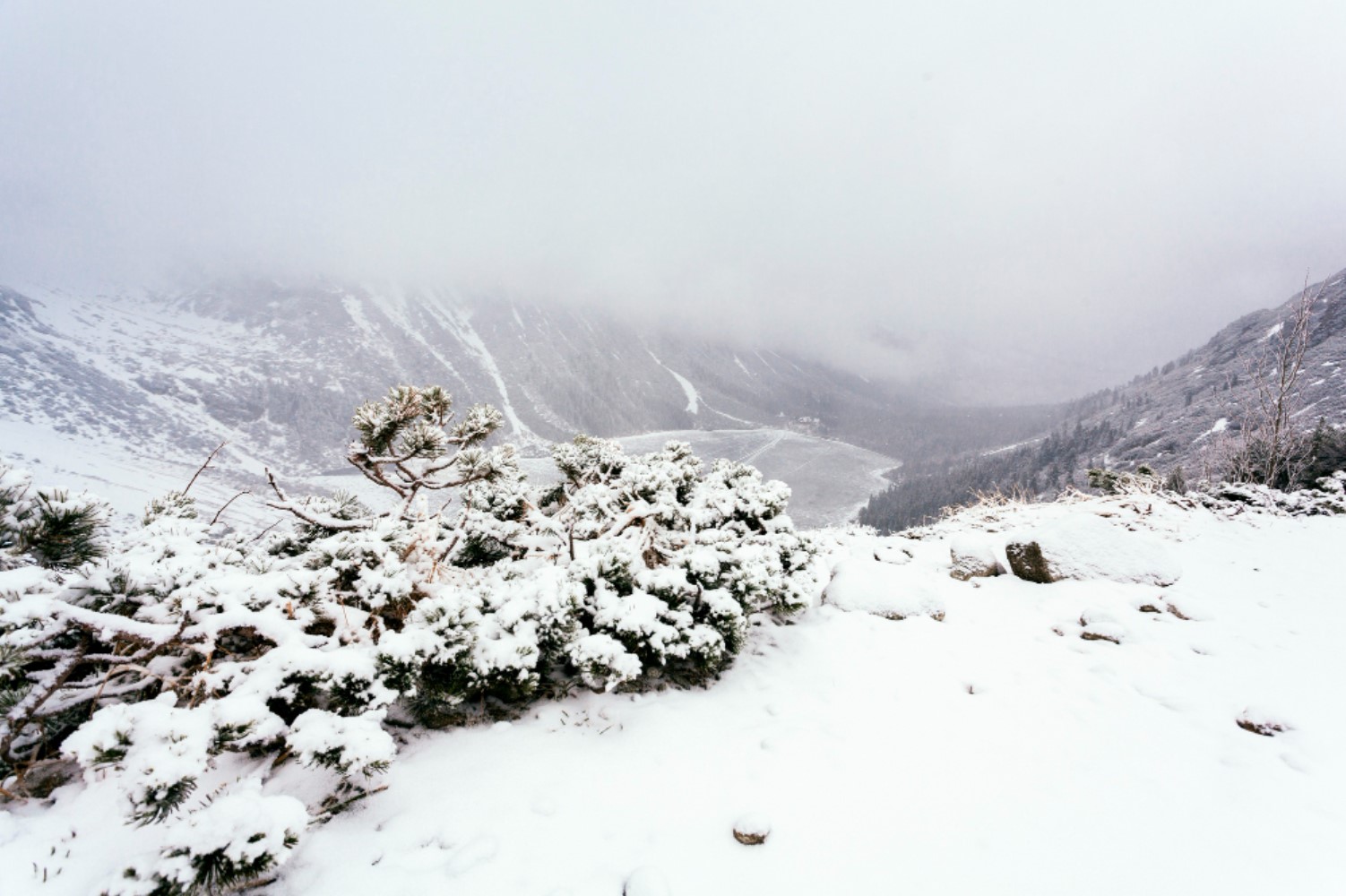
Source: Freepik
The consistent snowmelt has been a key factor in maintaining the lake’s water levels and quality.
The Role of Snowmelt
The 64 streams that feed into Lake Tahoe have been pumping in cold, clean snowmelt. This gradual process helps maintain the lake’s water quality by reducing erosion and preventing algal blooms.
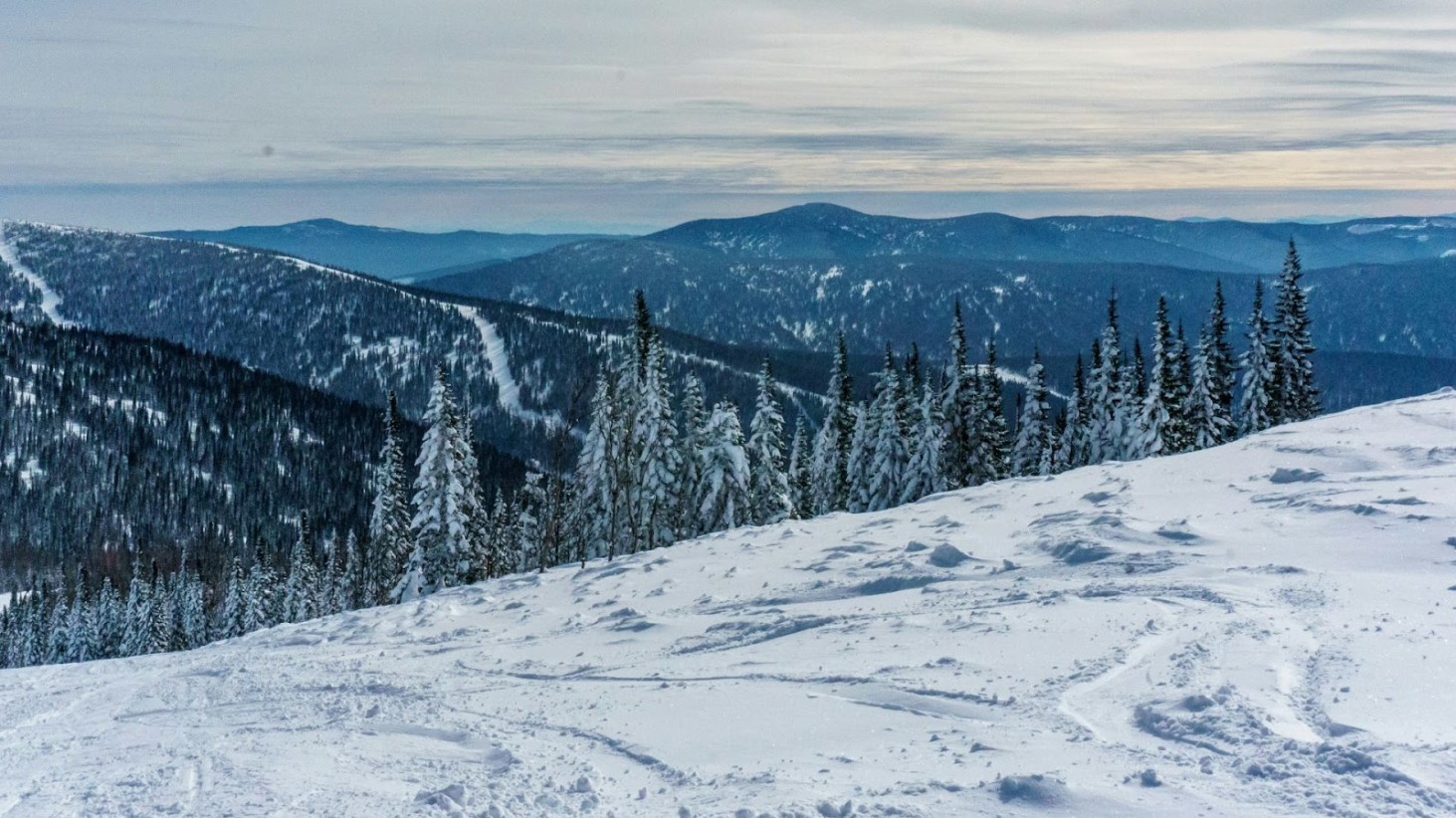
Source: Roman Purtov/Unsplash
The slow trickle ensures that the lake receives a steady supply of fresh water, keeping it healthy and vibrant.
Benefits of Cold Water
Colder water in Lake Tahoe offers numerous benefits for its ecosystem.

Source: Ezra Jeffrey-Comeau/Unsplash
Jesse Patterson from Keep Tahoe Blue states, “Colder water means there’s going to be less chance of algal blooms. The lake is also healthier when it’s full. It’s colder, and it can turn over more and keep itself clean,” highlighting the ecological advantages of the current water levels.
Keeping Tahoe Clean
The slow trickle of snowmelt into the lake is beneficial for maintaining its clarity. Unlike the heavy rainfall from summer thunderstorms, which can degrade water quality, snowmelt supplies cold, clean water that helps keep Tahoe sparkling with its clear blue waters.

Source: Sime Basioli/Unsplash
This gradual infusion of fresh water supports the lake’s pristine condition, crucial for both wildlife and human enjoyment.
Impact on Recreation
With water levels so high, beachgoers might find less space on Tahoe’s 72 miles of shoreline.

Source: Nagaraju.ramanna/Wikimedia Commons
Patterson advises, “There won’t be as much room on the sand. So maybe bring some floaties and, you know, paddleboard and kayak and spend the time on the water instead.” Visitors are encouraged to enjoy water activities to make the most of their visit.
Meeting Water Demand
According to the USDA’s Nevada Water Outlook Supply Report, Lake Tahoe has enough water to meet demand for the next three years, even if future snowpacks are below normal levels.

Source: Pixabay/Pexels
This provides a buffer for potential dry years ahead, ensuring that the lake remains a vital resource for the surrounding communities.
Historical Significance
This is the first time Lake Tahoe has been full since June 2019. The lake’s natural rim sits at 6,223 feet, and it hasn’t seen such high levels in five years, making this a noteworthy event for both locals and environmentalists.
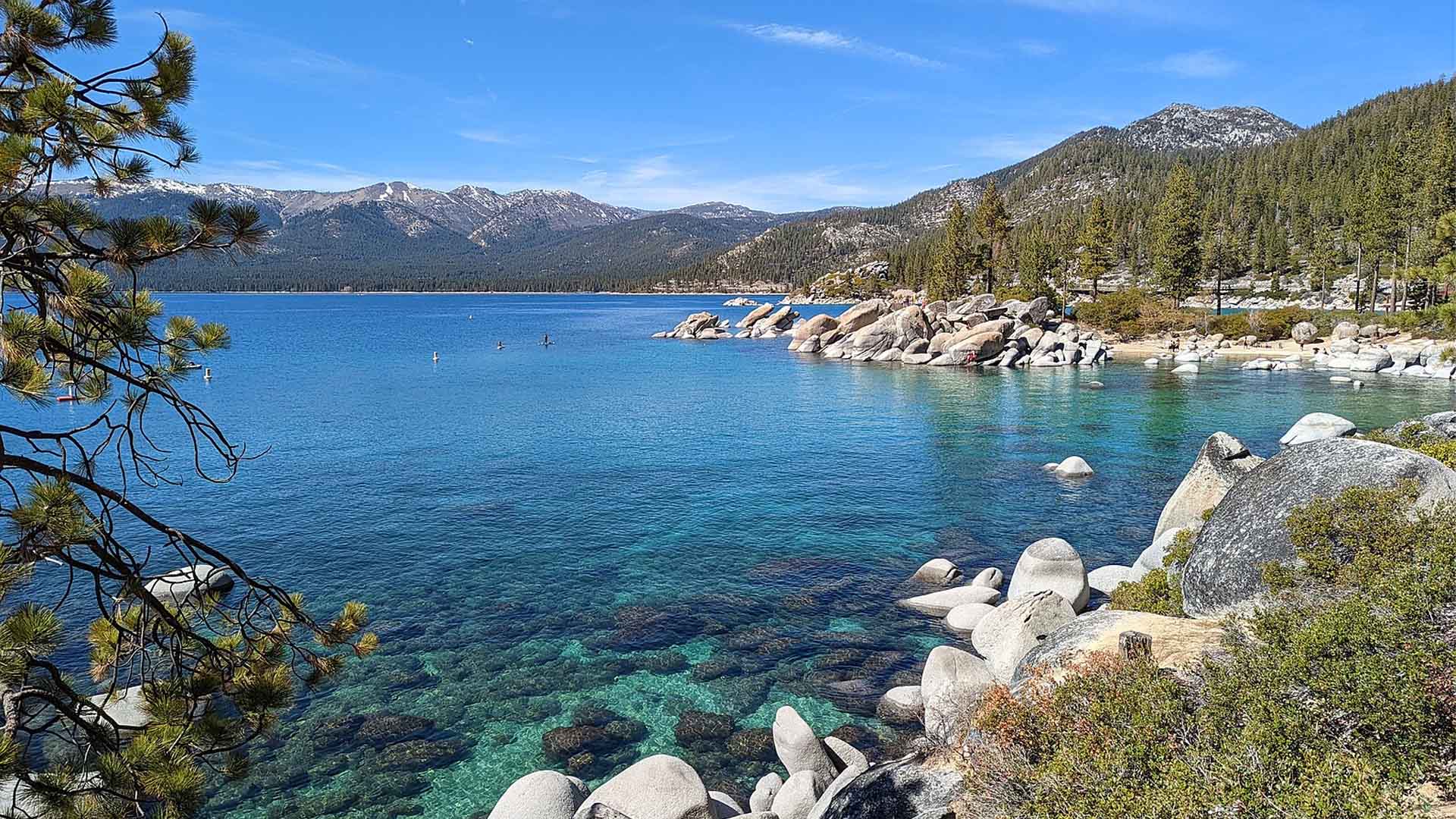
Source: Blake Everett Carroll/Wikimedia Commons
The full lake is a result of recent weather patterns and effective water management.
Ecological Balance
A full Lake Tahoe is not just about water levels. It’s about maintaining an ecological balance that supports wildlife, reduces pollution, and preserves the natural beauty of the area.

Source: Ivars Krutainis/Unsplash
The high water levels contribute to a healthier ecosystem, benefiting both aquatic life and the overall environment.
Summer Beach Plans
High water levels also mean less beach space, leading to potentially crowded conditions. To avoid frustration, beach visitors are encouraged to arrive early and consider alternative activities like kayaking or paddleboarding.
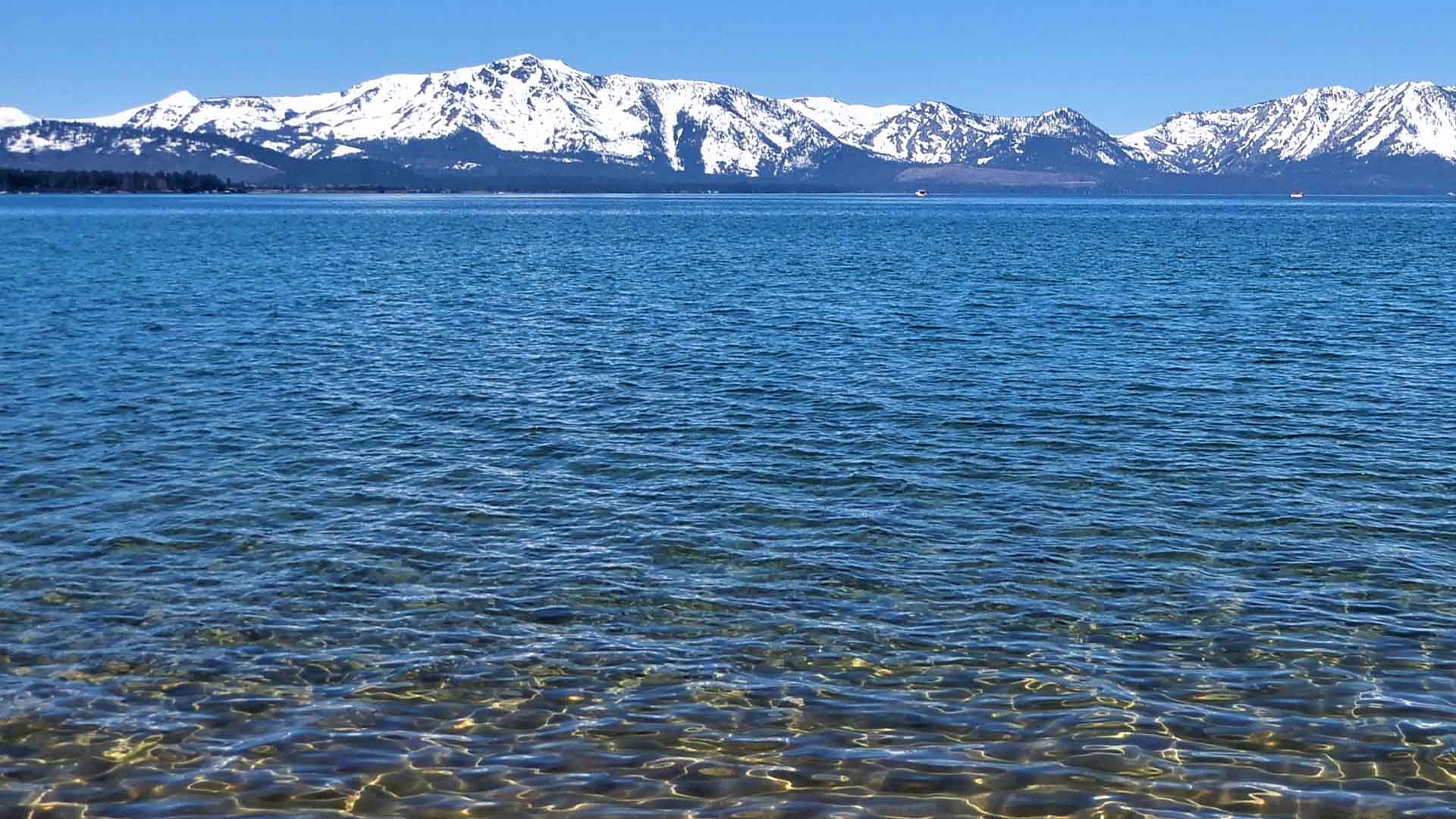
Source: Random Pacer/Wikimedia Commons
Planning ahead can ensure a more enjoyable experience despite the reduced shoreline.
Visitor Tips
To make the most of your visit, plan ahead. Bring plenty of water, sunscreen, and be prepared for limited parking.

Source: Freepik
Enjoy the water activities to escape the crowds on the shore. Consider visiting less popular spots around the lake to find more space and tranquility.
Looking Ahead
As we enjoy the lake’s full capacity, it’s crucial to remain mindful of conservation efforts to keep Tahoe blue and beautiful for years to come.
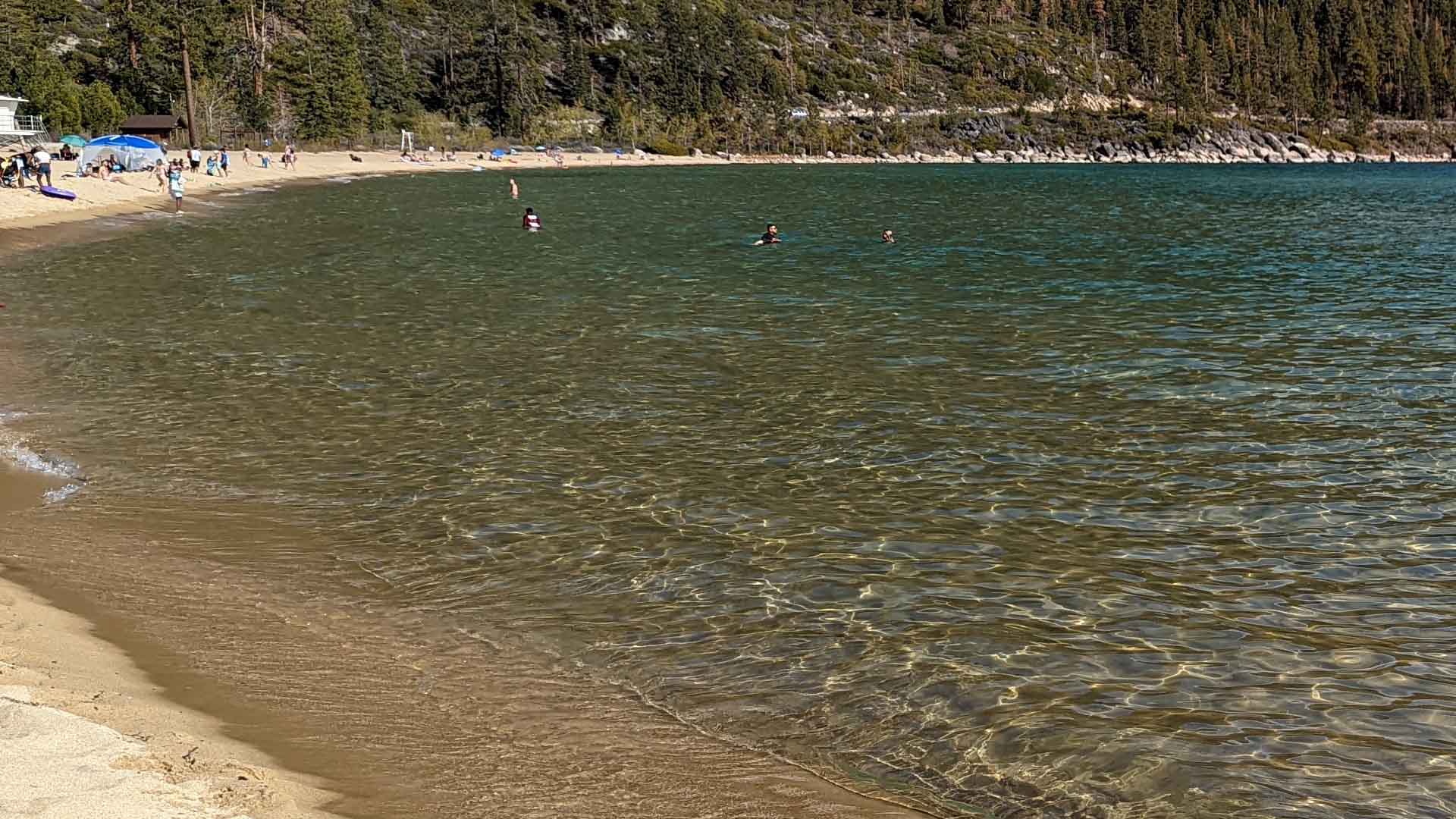
Source: Blake Everett Carroll/Wikimedia Commons
Continued attention to preserving the lake’s natural environment will ensure its health and beauty for future generations.
